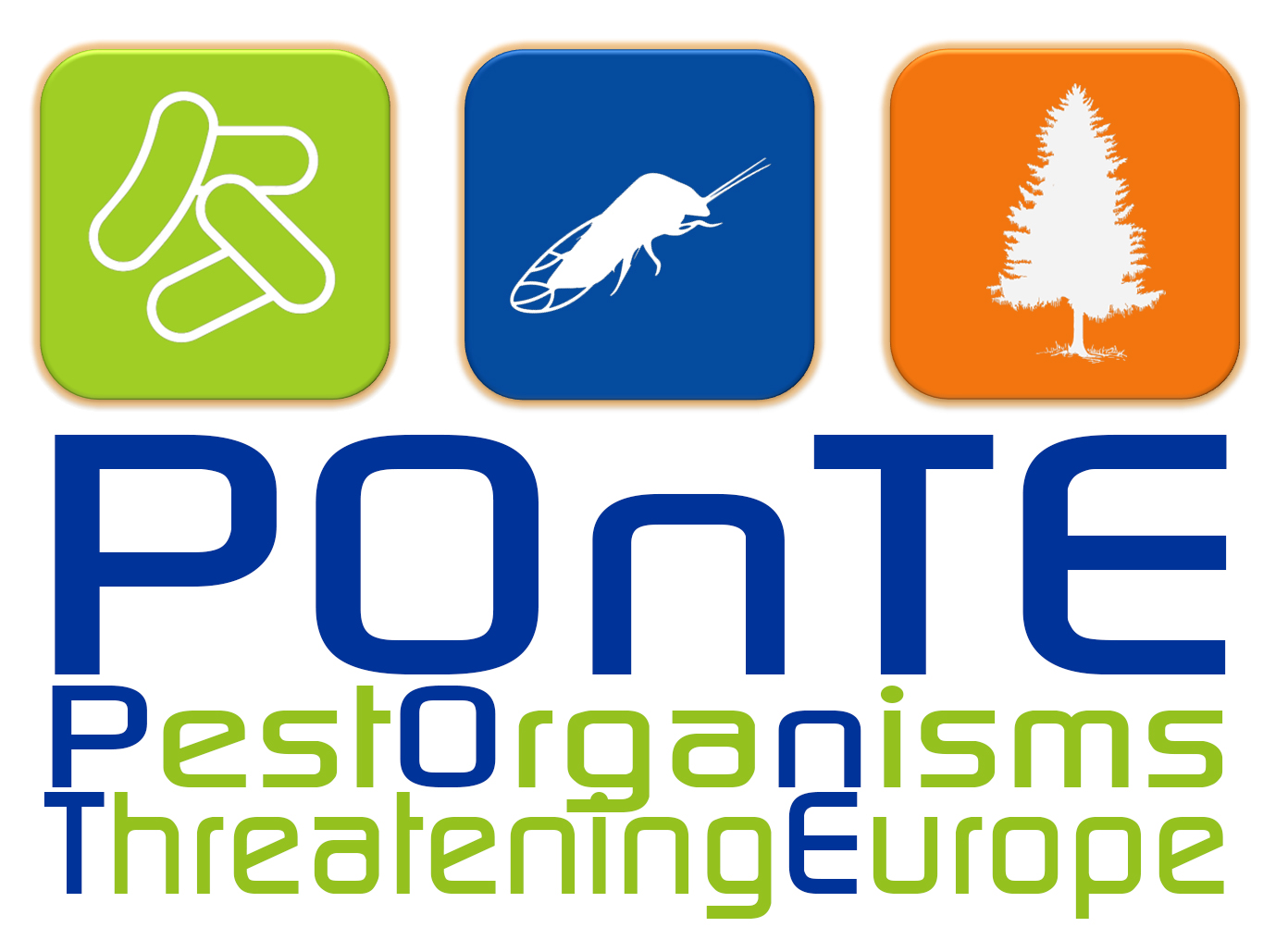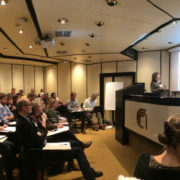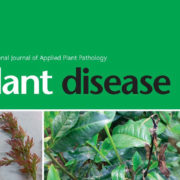Genomic sequence of ‘Candidatus Liberibacter solanacearum’ haplotype C and its comparison with haplotype A and B genomes
ORIGINAL ARTICLE
Jinhui Wang1*, Minna Haapalainen1 , Thomas Schott2, Sarah M. Thompson 3,4, Grant R. Smith3,4,5, Anne I. Nissinen6, Minna Pirhonen1
1Department of Agricultural Sciences, FI-00014 University of Helsinki, Helsinki, Finland
2Herne Genomik, Neustadt, Germany
3The New Zealand Institute for Plant & Food Research Limited, Lincoln, New Zealand
4Plant Biosecurity Cooperative Research Centre, Canberra, ACT, Australia
5Better Border Biosecurity, Lincoln, New Zealand
6Management and Production of Renewable Resources, Natural Resources Institute Finland (Luke), Jokioinen, Finland
ABSTRACT
Haplotypes A and B of ‘Candidatus Liberibacter solanacearum’ (CLso) are associated with diseases of solanaceous plants, especially Zebra chip disease of potato, and haplotypes C, D and E are associated with symptoms on apiaceous plants. To date, one complete genome of haplotype B and two high quality draft genomes of haplotype A have been obtained for these unculturable bacteria using metagenomics from the psyllid vector Bactericera cockerelli. Here, we present the first genomic sequences obtained for the carrot-associated CLso. These two genomic sequences of haplotype C, FIN114 (1.24 Mbp) and FIN111 (1.20 Mbp), were obtained from carrot psyllids (Trioza apicalis) harboring CLso. Genomic comparisons between the haplotypes A, B and C revealed that the genome organization differs between these haplotypes, due to large inversions and other recombinations. Comparison of protein-coding genes indicated that the core genome of CLso consists of 885 ortholog groups, with the pan-genome consisting of 1327 ortholog groups. Twenty-seven ortholog groups are unique to CLso haplotype C, whilst 11 ortholog groups shared by the haplotypes A and B, are not found in the haplotype C. Some of these ortholog groups that are not part of the core genome may encode functions related to interactions with the different host plant and psyllid species.
Published on February 3, 2017 by PLOS ONE









